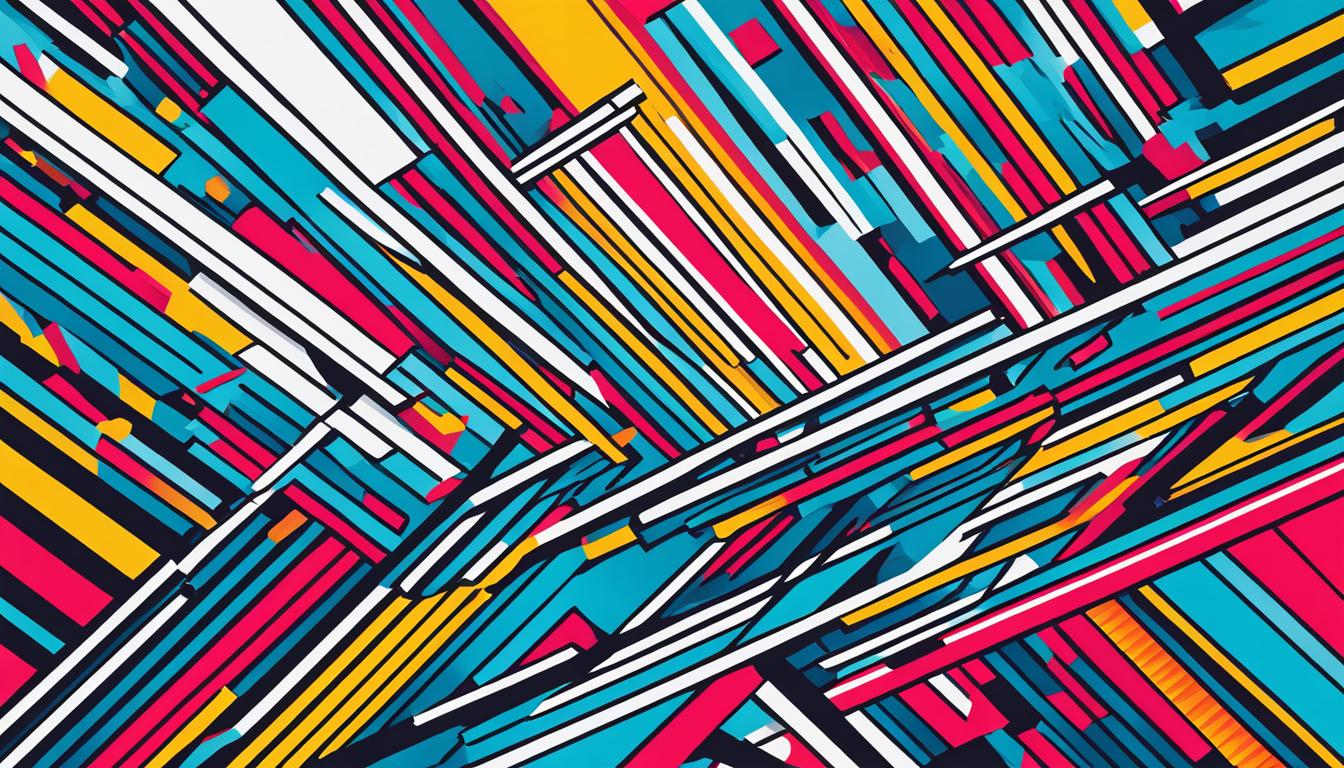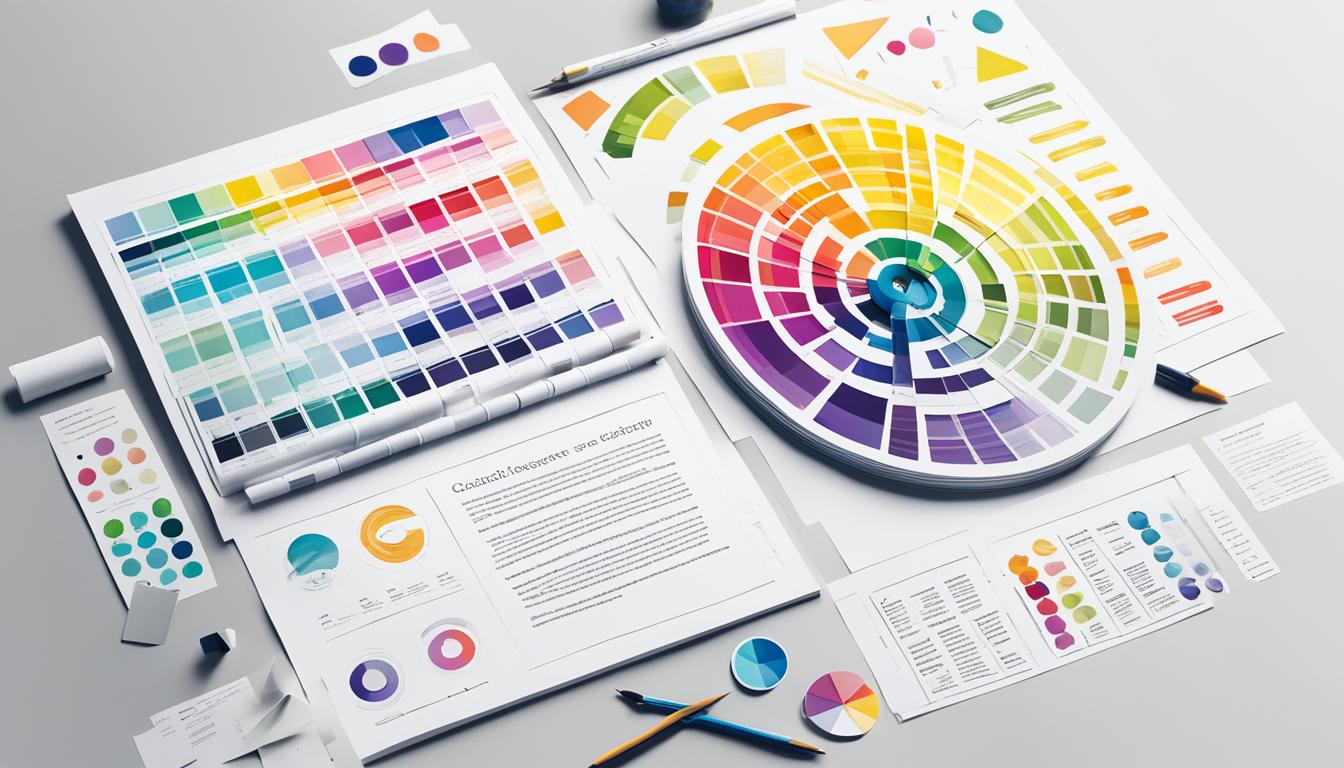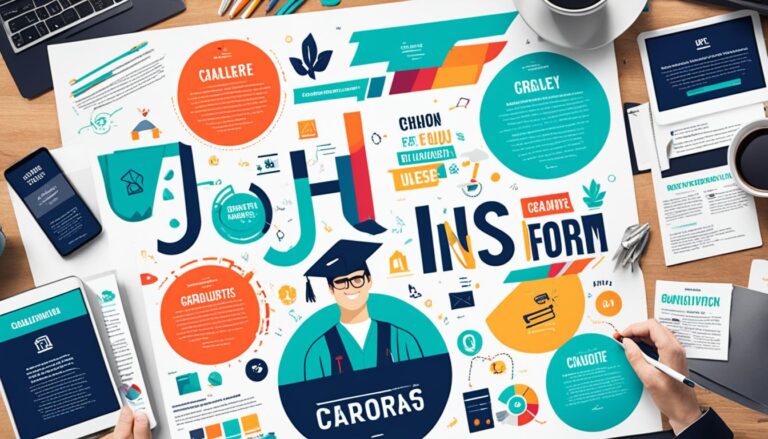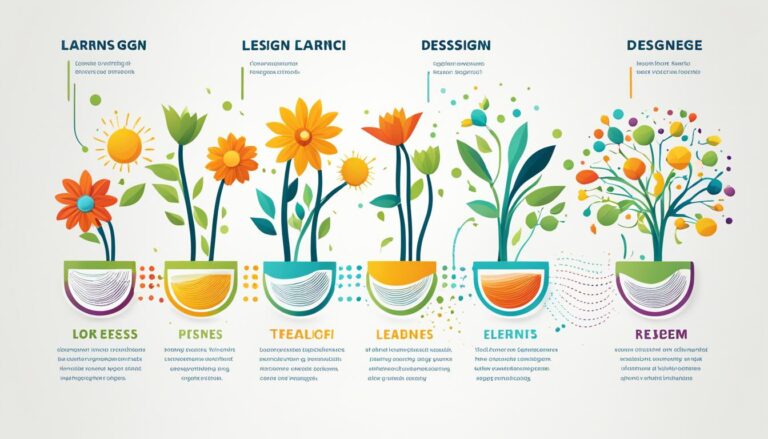Begin a Graphic Design Career: Essential Tips
If you have a passion for creativity and a keen eye for design, starting a career in graphic design could be the perfect fit for you. Graphic design is a dynamic field that offers exciting opportunities for professionals with a combination of artistic talent and technical skills. Whether you’re a recent graduate or someone looking to switch careers, this article will provide you with essential tips on how to start your graphic design journey.
Before diving into the world of graphic design, it’s important to understand the key aspects and requirements of this career path. Graphic designers are responsible for creating visual concepts that captivate audiences and effectively communicate messages. They work on a variety of projects such as branding, marketing materials, website design, and more.
To embark on a successful graphic design career, you need to develop a solid foundation of skills and knowledge. Familiarize yourself with design principles, such as color theory, typography, and layout. These elements form the backbone of any design project and will help you create visually appealing and effective designs.
One of the best ways to kickstart your graphic design career is by enrolling in graphic design courses. These courses will provide you with hands-on experience and expert guidance to refine your skills. They will also introduce you to industry-standard software, such as Adobe Photoshop, Illustrator, and InDesign, which are essential tools for every graphic designer.
Networking is another crucial aspect of building a successful graphic design career. Connect with fellow designers, attend industry events, and join online communities to expand your professional network. This will not only open doors to potential job opportunities but also allow you to learn from experienced designers and gain valuable insights into the industry.
Remember that practice makes perfect. Regularly work on personal projects to enhance your skills and experiment with different design styles. Embrace feedback and continuously evolve as a designer. Seek inspiration from influential designers and stay updated with the latest design trends and techniques.
Starting a graphic design career can be challenging, but with the right mindset, dedication, and continuous learning, you can thrive in this exciting industry. Stay committed to honing your skills, showcase your work through a strong design portfolio, and seize every opportunity to grow as a professional. Follow these essential tips and embark on a rewarding journey as a graphic designer.
Building a Strong Design Portfolio
A strong design portfolio is essential for graphic designers to showcase their skills and attract potential clients or employers. Your portfolio is your opportunity to demonstrate your creativity, technical expertise, and unique design style. Here are some tips to help you build an impressive graphic design portfolio:
1. Define your focus
Before you start building your portfolio, it’s important to define your design focus. Consider the type of projects you’re passionate about and the niche you want to specialize in. By narrowing down your focus, you can create a cohesive portfolio that highlights your expertise in a specific area.
2. Select your best work
Choose the best examples of your work to include in your portfolio. Quality is more important than quantity. Select projects that demonstrate your skills, creativity, and problem-solving abilities. Showcasing a variety of project types and styles can also showcase your versatility as a designer.
3. Organize your portfolio
Organize your portfolio in a way that is easy to navigate and visually appealing. Consider creating separate sections for different types of projects or categories. This allows potential clients or employers to easily find and review the specific work that interests them.
Tip: Use clear headings and labels to guide viewers through your portfolio. Provide brief descriptions of each project, explaining your role and the objectives you achieved.
4. Use high-quality visuals
Ensure that the visuals in your portfolio are of high quality. Use high-resolution images to showcase your designs effectively. If you have physical samples of your work, consider professionally photographing them for inclusion in your portfolio.
5. Incorporate client testimonials
Include testimonials or reviews from satisfied clients to provide credibility and demonstrate the value you can bring as a graphic designer. Testimonials can help potential clients or employers gain trust in your abilities and reliability.
6. Regularly update your portfolio
Keep your portfolio up to date with your latest work. As you complete new projects or gain new skills, make sure to showcase them in your portfolio. Regularly updating your portfolio ensures that potential clients or employers see your most recent and relevant work.
Remember, your graphic design portfolio is a reflection of your creativity, skills, and professionalism. Take the time to create a visually appealing and well-organized portfolio that highlights your best work. It’s your chance to make a lasting impression and showcase your talent as a graphic designer.
| Important Elements of a Strong Design Portfolio |
|---|
| Clear focus and specialization |
| High-quality visuals and images |
| Organized and easy to navigate |
| Variety of project types and styles |
| Client testimonials for credibility |
| Regularly updated with new work |
Career Paths in Graphic Design
Graphic design offers various career paths to pursue based on your interests and strengths. Whether you have a passion for branding, web design, or illustration, there are ample opportunities in the field of graphic design to specialize and thrive. Here are some popular career paths in graphic design:
- Brand Identity Designer: As a brand identity designer, you will be responsible for creating visual elements that represent a company’s brand, such as logos, typography, and color schemes. Your role will involve collaborating with clients to develop a cohesive and impactful brand identity.
- Web Designer: With the rise of online businesses and digital presence, web design is an exciting career path. As a web designer, you will create visually appealing and user-friendly websites, considering factors such as layout, navigation, and responsive design.
- UI/UX Designer: User interface (UI) and user experience (UX) designers are focused on crafting intuitive and seamless interactions between users and digital products or services. They ensure that the user’s journey is engaging, efficient, and visually appealing.
- Publication Designer: If you have a love for print media, becoming a publication designer might be the right path for you. Publication designers work on magazines, books, newspapers, and other printed materials, designing layouts that effectively convey information and captivate readers.
- Motion Graphics Designer: Motion graphics designers create animated visuals for various mediums, including commercials, films, and online videos. They possess a solid understanding of animation techniques and use software to bring static designs to life.
- Illustrator: If you have a knack for visual storytelling and enjoy creating captivating artworks, specializing as an illustrator may be your calling. Illustrators work in a variety of industries, including advertising, publishing, and entertainment, bringing ideas and concepts to life through drawings and digital illustrations.
No matter which career path you choose, continuous learning and staying updated with industry trends are essential. As a graphic designer, there are countless opportunities to grow, specialize, and make a significant impact in the creative world.
Conclusion
Starting a graphic design career can be both exciting and challenging. To achieve success in this competitive industry, it’s important to equip yourself with the right skills and knowledge.
Begin by learning the fundamental design principles that will serve as the foundation for your creative work. Understanding concepts such as color theory, typography, and layout will allow you to create visually appealing designs that effectively communicate your message.
Enrolling in graphic design courses or programs can provide you with valuable insights and practical experience. These educational opportunities will help you develop your technical skills and stay updated with industry trends and advancements.
Additionally, mastering design software is essential in today’s digital age. Familiarize yourself with industry-standard design tools, such as Adobe Creative Suite, to efficiently execute your creative ideas and produce high-quality designs.
Networking with fellow designers is another key aspect of a successful graphic design career. Interacting with professionals in the field can open doors to new opportunities, collaborations, and mentorship. Join design communities, attend industry events, and engage with influencers to expand your network and gain valuable insights.
Finally, regular practice and seeking inspiration from influencers and industry leaders will help you refine your skills and stay motivated. Explore different design styles, follow design blogs, and immerse yourself in the work of renowned graphic designers to fuel your creativity.
By following these tips and recommendations, you can embark on a rewarding graphic design career and pave the way for your success in this dynamic and ever-evolving industry.
FAQ
How do I start a career in graphic design?
To start a career in graphic design, you should focus on developing your creativity and technical skills. Build a strong design portfolio, enroll in graphic design courses, and practice regularly. Networking with fellow designers and seeking inspiration from industry leaders are also beneficial.
Why is a strong design portfolio important?
A strong design portfolio is crucial for showcasing your skills and attracting potential clients or employers. It demonstrates your abilities, style, and range of work. A well-curated portfolio can make a lasting impression and increase your chances of landing graphic design opportunities.
What are some popular career paths in graphic design?
Graphic design offers various career paths depending on your interests and strengths. Some popular options include branding and identity design, web design, UX/UI design, packaging design, and advertising design. You can specialize in one or explore a combination of these areas.
How can I set myself up for success in the graphic design industry?
Starting a graphic design career requires a combination of creativity, technical skills, and continuous learning. Learn and apply fundamental design principles, enroll in graphic design courses, and master design software. Network with other designers, practice regularly, and seek inspiration from influencers and industry leaders to stay up-to-date and inspired in your work.










